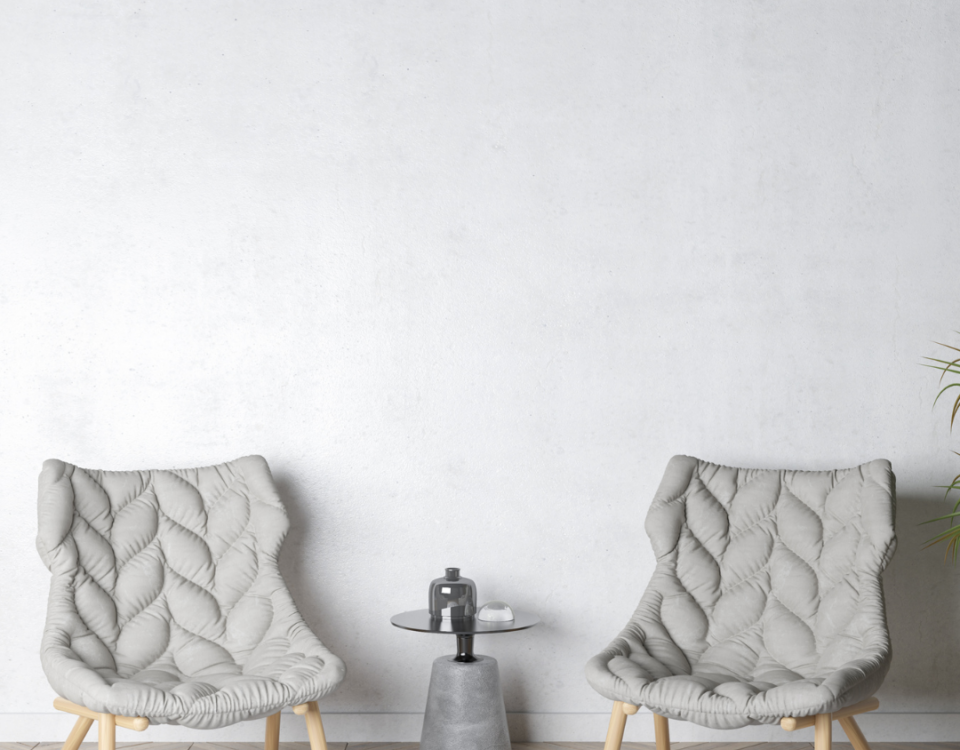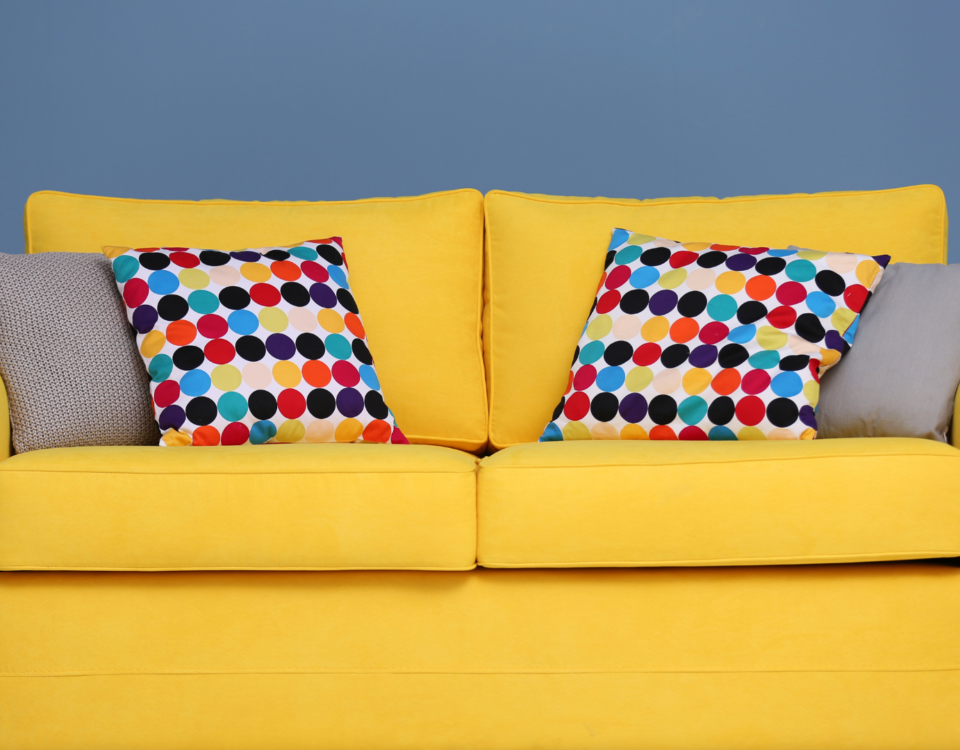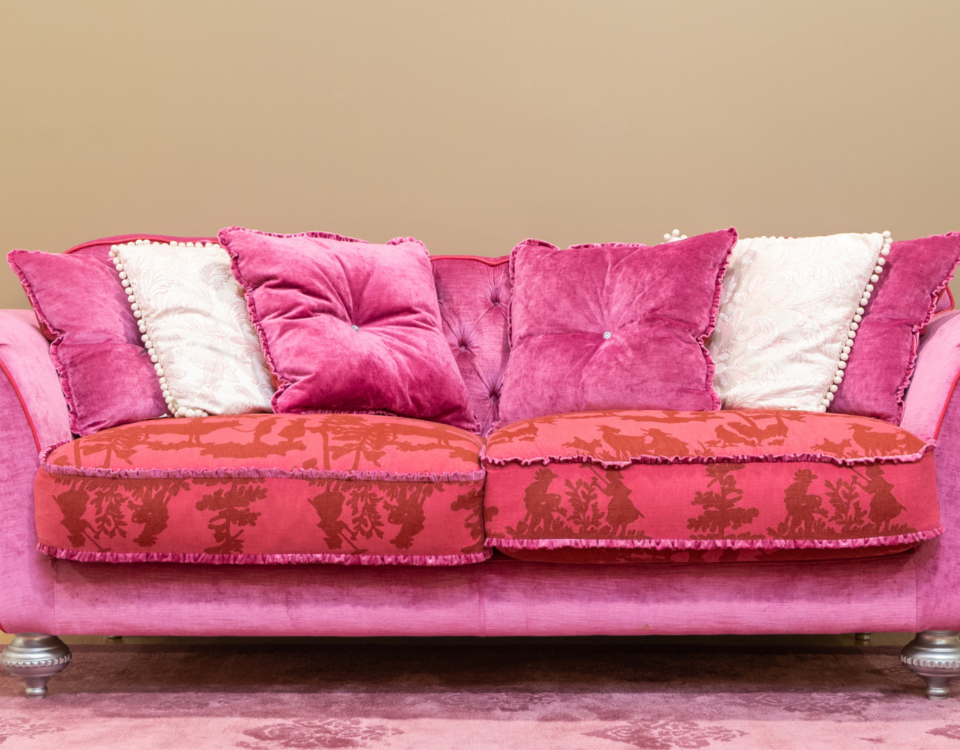
Upholstery Cleaning Tips to Keep Your Furniture Looking New
March 14, 2023
Psychology of Color in Drapery
March 16, 2023The Art of Upholstery: A Look Into the Craft and Its History
Upholstery is a craft that is often overlooked in the furniture world. Yet it is one that can be as aesthetically pleasing as it is functional. It can add to the comfort of a chair, settee or sofa and can also give the piece a new lease on life.
Many modern upholstery techniques can be adapted to work on antique pieces. This can help to retain the integrity of the original frame while adding a modern flare.
The art of upholstery has been around for centuries and it is a highly skilled craft that has risen in popularity over the years. Today, there are numerous publications available for anyone interested in learning the craft. However, these books are often ahistorical and may not properly use traditional materials or methods.
What makes this book so great is that it is able to bring the reader up close to the techniques used in early seating upholstery. The author uses a zoom lens approach, allowing the reader to see the details of the work at close range and thereby better understand how and when this craft developed.
He is an expert in rediscovering long-lost upholstering techniques and his knowledge is based on hands-on experience rather than second-hand scholarship. As a result, his methods are much more effective than those of other upholsterers.
Among other things, he has developed the skills needed to properly sew and attach foams and webbing. He also has a thorough understanding of the aesthetic conventions of period upholstery.
His book is a must read for anyone with an interest in the history of upholstery. He demonstrates how to use a variety of historic materials to upholster a piece and how to do it with utmost precision.
Some of the most common materials for upholstering are:
Felt
Felt is an effective material that can be used to create padding in chairs and other furniture. It is made from off cuts of other fabrics, including woollen cloth and carpets. It is a natural fiber and is produced by tearing, carding and shredding wool.
It is a very strong and flexible fabric that can be formed into a variety of shapes. It is a great choice for upholstering furniture that will be placed in high-traffic areas such as restaurants or hotel lobby areas because of its durability and ability to hold up under repeated use.
Curly black fibre is a derivative of coir fibre and is a very strong and stiff material that can be shaped into curves and contours. It can also be treated in order to enhance its strength and flexibility.
Horsehair is another option for filling upholstery and it was a popular choice in the past. It was expensive and it took a lot of skill to spin this into the right size and shape for a piece of furniture.
Other sources for stuffing in the past include ferns, hay and peat moss. These are natural materials that can be found on the ground, and they are a great choice for upholstering items that will be placed in areas that tend to get wet.





